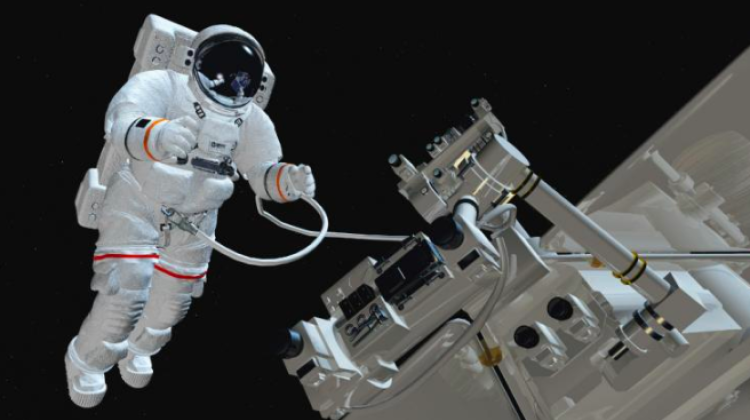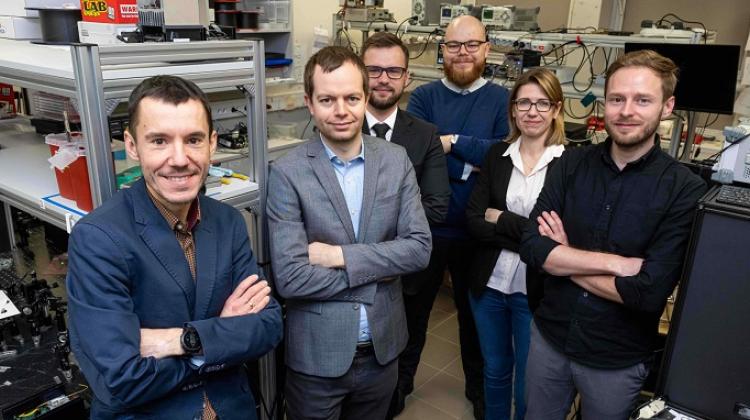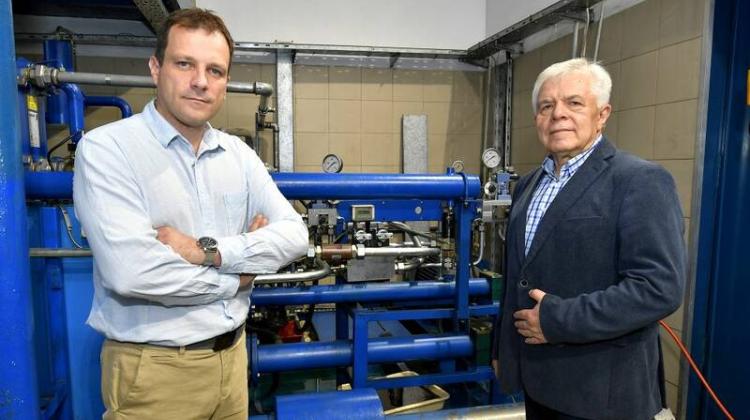Students from Wrocław University of Science and Technology will test a universal gripper in space
 Photo: Fotolia
Photo: Fotolia
Wrocław University of Science and Technology students will check whether it is possible to use a universal gripper that adapts to the shape of the object in space. Their experiment has qualified for the European Rexus/Bexus programme and will be launched on the programme`s rocket.
According to Aleksander Gorgolewski, a member of the project team "Space is More" that operates at the Scientific and Technical Knowledge and Information Centre of Wrocław University of Science and Technology, capturing various types of objects in space is still a big problem and researchers are working on new ways of moving them. The problem is mainly catching objects that are delicate or have non-standard shapes, because the current grippers are not versatile enough.
The project TRACZ (Testing Robotic Application For Cathing in Zero-G) is designed to test the so-called jamming gripper, a universal gripper constructed from a membrane filled with granulate. According to students, this type of gripper is much more versatile.
By manipulating the pressure difference, the gripper adapts to the shape of the object, tightens on it and allows to move it, Aleksander Gorgolewski explains.
How will the process of gripping an object in space conditions work? In the gripper, the granulate is tightly compressed by a membrane in which a slight overpressure is created after filling it with air. After reaching, the gripper`s membrane covers the object. "Then the air is released from the membrane into the vacuum, the granulate hardens and the object is caught" - explains Gorgolewski, a student of the Faculty of Mechanical and Power Engineering, Wrocław University of Science and Technology.
Gorgolewski says that the student`s experiment is a technology demonstrator designed to check whether such a grip will be effective in microgravity and vacuum conditions. "We focus mainly on performing an experiment that will measure the strength, with which the gripper will be able to catch and hold an object" - he notes.
"Our gripper has the advantage of being able to catch objects of various shapes and made of various materials. Another advantage is that its construction is simple. It is really a membrane, similar to an ordinary balloon, which will probably be filled with ground coffee, perfectly suitable for use in such grippers" - Gorgolewski explains.
According to Gorgolewski, in the future such grippers can be used in various types of remotely controlled and autonomous systems.
The experiment will be carried out as part of the Swedish-German Rexus/Bexus programme realised by the German Aerospace Center (DLR) and the Swedish National Space Board (SNSB) in collaboration with the European Space Agency. The program involves launching a space rocket and a balloon gondola equipped with research equipment prepared by selected student teams from all over Europe.
The project of Wroclaw students will be on board one of the two Rexus rockets, which will be launched into space in March 2019. The design documentation of the experiment should be ready by mid-June, and tests at centres authorized by ESA will probably begin in August. The project is co-financed by the Ministry of Science and Higher Education grant "Best of the Best 2.0"..
TRACZ project participant Aleksander Sil from the Robotics Science Club "KoNaR" emphasizes that the goal of students is to contribute to the development of space and robotic technologies.
"We also want to see how creating a space industry project from scratch looks and develop in this direction, so that in the future we can also work in this field" - adds Sil.
This is yet another "space" project of Wroclaw students. In March 2017, the DREAM team sent a drill into space to study the drilling process in microgravity conditions. (PAP)
szu/ ekr/ kap/
tr. RL
Przed dodaniem komentarza prosimy o zapoznanie z Regulaminem forum serwisu Nauka w Polsce.


















